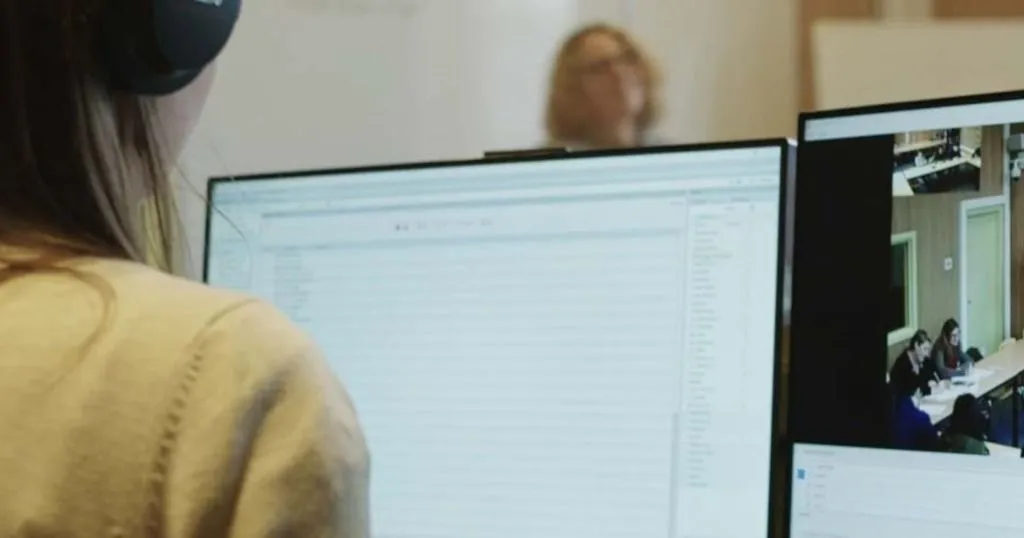Food and Cognition project
The Food and Cognition project will form a cluster of partners in the East of the Netherlands, who will exchange knowledge on the topics of eating behavior, targeted nutrition and enabling technologies.
Posted by
Published on
Mon 20 May. 2019
Topics
| Brain Research | Cognition | Eating Behavior | Food | Measuring Behavior | Project |
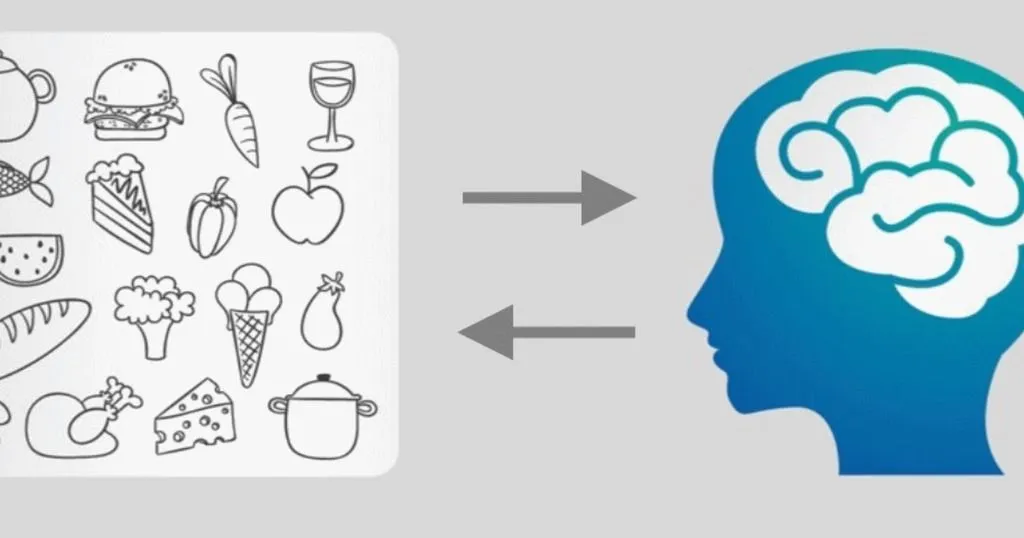
Scientists are learning more and more about how a healthy diet can help the brain to be healthy and also the complex relationship between diet and diseases such as Parkinson's, Alzheimer's, and even depression. A healthy diet is also key to development of babies and young children and so can have an effect that lasts a lifetime. A lot of expertise has been built up in the East of the Netherlands on this topic.
In the Food and Cognition project, the main organizations working in this area are getting together to form a network, work out the most pressing questions, and deliver knowledge about food and cognition.The project will address three areas; eating behavior, targeted nutrition and enabling technology. The latter is of particular interest to project partner and technology company Noldus.
There are a number of different technologies that are relevant in measuring eating behavior. In some ways, the technology for this application lags behind some other areas because it is technically so challenging. There are a vast number of different food types in the world and a lot of them look very much like each other. Even the same food item can have a very different nutritional content when it is fresh, compared with when it is close to its expiry date. Vitamins can be destroyed by over-cooking and meals are composed of multiple ingredients, often all mixed up and cooked together.
Biased self-reporting
What makes it worse, is that self-reporting is much less reliable when it comes to food than in many other areas. That is for two main reasons.
Firstly, because we eat so often - multiple times every single day - it is a huge amount of effort for subjects in a study to report precisely what they eat and very easy for them to occasionally forget to write it down, even with the most user-friendly of apps to help them.
Secondly, it is often far from neutral information. The context of such studies is that they are often carried out when there is perceived to be a problem with the food, like with diabetes or obesity. In such a context, there is an additional psychological pressure for subjects not to report that one chocolate bar, and what is worse, that pressure is most likely different between the 'control' and study groups.
New technology to measure eating
Nevertheless, a number of new technologies are being developed which are beginning to make measurements of eating behavior easier and less reliant on self-reporting. Cloud-based spectroscopy can be used to determine food quality and safety (e.g. if it is beginning to go off because it is too old) and small portable scanners claim to be able to determine the nutritional and chemical content of foods. 3D imagine can estimate the weight of food on a plate. Weight sensors can be built into tables, which can work well in e.g. a restaurant situation.
A step further is to embed those senors completely into the plates, preferably in a way that is dishwasher safe and with wireless data transfer and charging. A prototype of such a system developed by the University of Leuven is so accurate that it not only measures individual bites, but the location of those bites on a plate. If the researchers know which foods are in which compartments, they can accurately measure the intake of calories and nutrients.
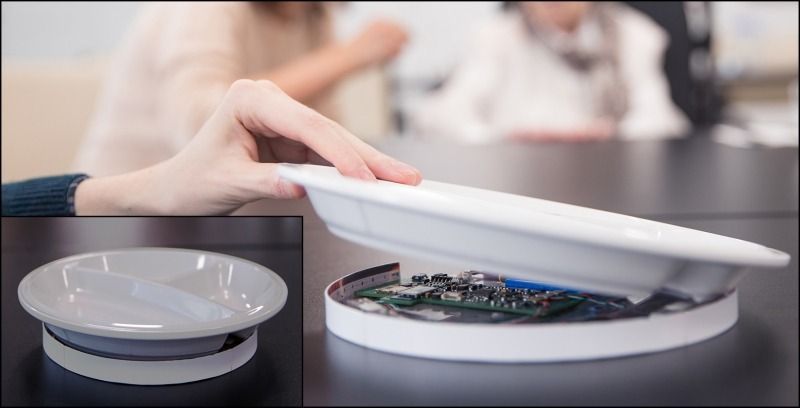
The SmartPlate from KU Leuven university (Gert Mertes)
Measuring intake
There are also a number of computer vision-based devices on the market (including Slow Control, SmartPlate Topview and Smart Diet Scale). The current systems have limited functionality, for instance, only quantifying the food before eating, not during the eating process, but undoubtedly in the coming years this will be an area of active development. Accelerometers on people's arms or cutlery can quantify when and how fast people are eating and there are also computer vision systems under development for that purpose.
A different approach is not to measure the eating itself, but the glucose in the subjects' bloodstream. In the past this had to be done by taking blood samples, but there are a number of prototypes and one or two products available (often developed to monitor diabetes), in which a smart patch carries out that measurement automatically.
Effects of eating on emotions
As well as measuring the food intake itself, researchers are also often interested in the effect of the food on the subjects. Do they enjoy it? How is that linked to satiety (feeling full)? Which foods arouse people and which calm them down? Computer vision-based techniques like FaceReader can measure the emotions as shown in facial expressions, and devices for measuring people's physiology (like heart rate and skin conductivity) are getting cheaper, more mobile and less intrusive all the time.
Sports watches are still not able to deliver research grade physiological data. However, they are getting better all the time and their measurement of fine movements with accelerometers can be a quite reliable way of monitoring different activities during the day. That is especially the case when the data are analyzed with the latest AI algorithms. In terms of factors like data security and access to raw data, they are still not suitable for research purposes.
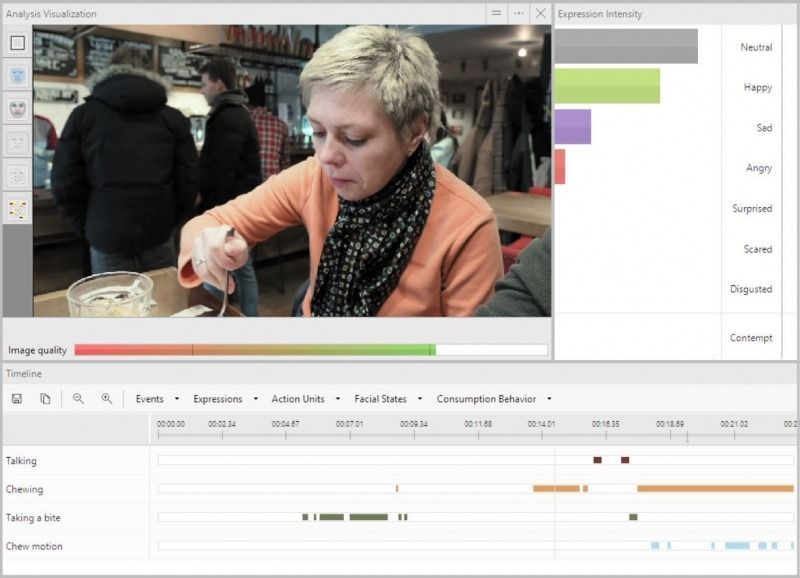
Using FaceReader to measure emotions whilst eating
Using social media to gain insights into eating patterns
A different approach is not too look in detail at individuals, but instead to use big data. What people purchase, gives a good indication of what is being eaten. Also, people leave a huge digital footprint when talking about what they are eating, especially with photos of food. This is potentially a great source of information, so long as the potential biases can be identified and compensated for. It is also often possible to obtain additional information about social media postings, for example knowing that the photo below was posted on Mother's Day gives some additional context.

We are still a long way from the 'holy grail' of being able to easily, accurately and unobtrusively monitor people's food intake in their home environment, but there are so many developments going on in this area at the moment that it certainly looks really hopeful for the future that we will make serious progress towards that goal in the coming years.
Related Posts

The role of parent-child interaction on child development
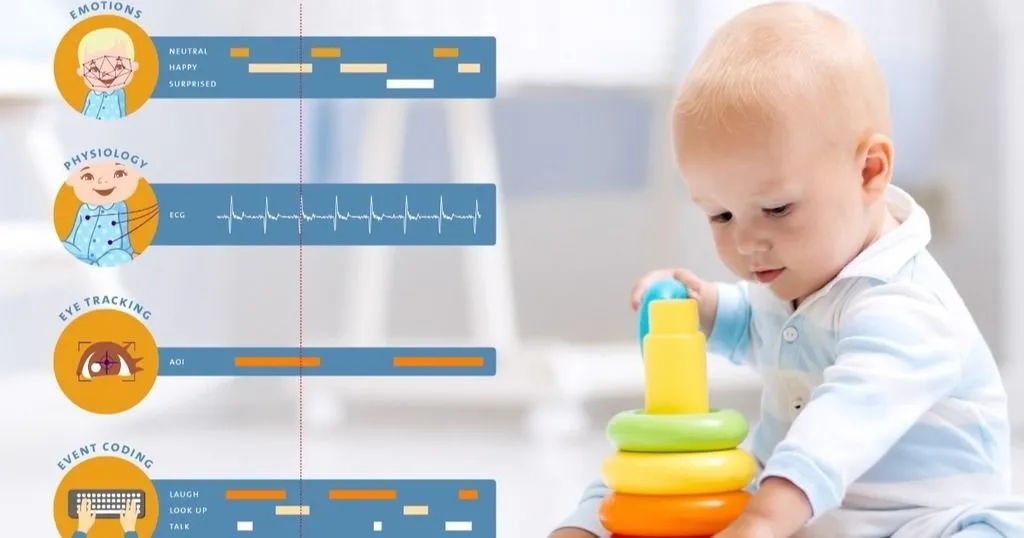
Anxiety and Autism
